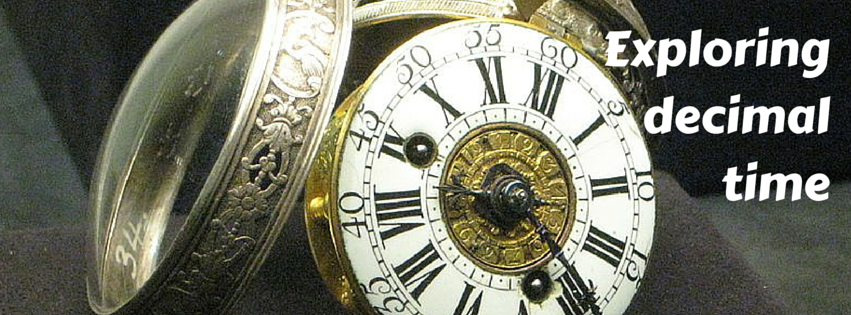To satisfy my curiosity, I went Googling and read a very interesting article that confirms that decimal time was considered and briefly summarises the principles behind it. If you're teaching units of measurement soon, it's worth a read.
(Image: By shakko - Own work, CC BY-SA 3.0, commons.wikimedia.org/w/index....)

 RSS Feed
RSS Feed
